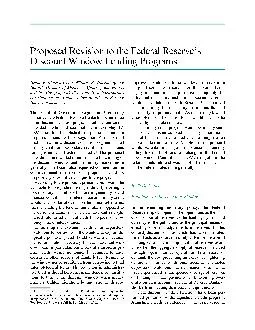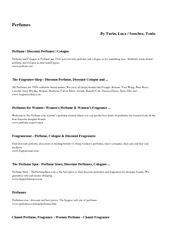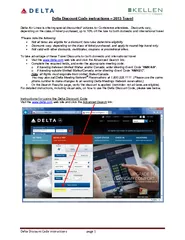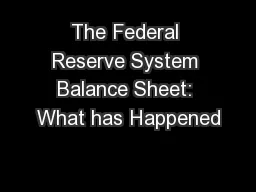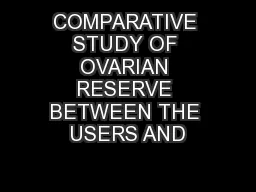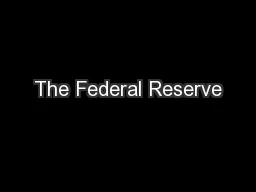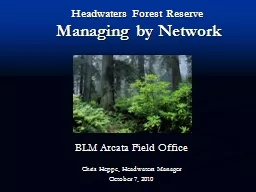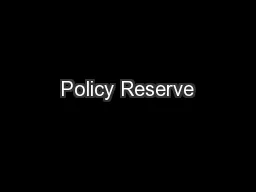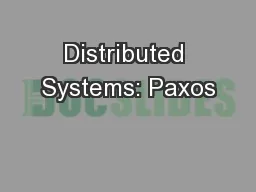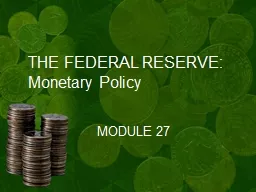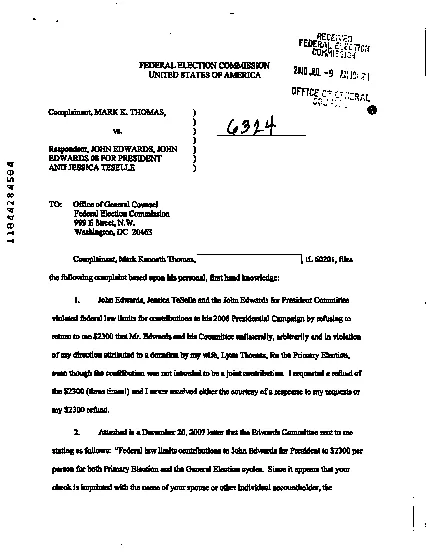PDF-Propose Revisio t th Federa Reserve s Discoun Windo Lendin Programs
Author : lois-ondreau | Published Date : 2014-12-03
Brian F Madigan and William R Nelson of the Boards Division of Monetary Affairs prepared this article The proposal discussed here incorporates contributions from
Presentation Embed Code
Download Presentation
Download Presentation The PPT/PDF document "Propose Revisio t th Federa Reserve s Di..." is the property of its rightful owner. Permission is granted to download and print the materials on this website for personal, non-commercial use only, and to display it on your personal computer provided you do not modify the materials and that you retain all copyright notices contained in the materials. By downloading content from our website, you accept the terms of this agreement.
Propose Revisio t th Federa Reserve s Discoun Windo Lendin Programs: Transcript
Download Rules Of Document
"Propose Revisio t th Federa Reserve s Discoun Windo Lendin Programs"The content belongs to its owner. You may download and print it for personal use, without modification, and keep all copyright notices. By downloading, you agree to these terms.
Related Documents

